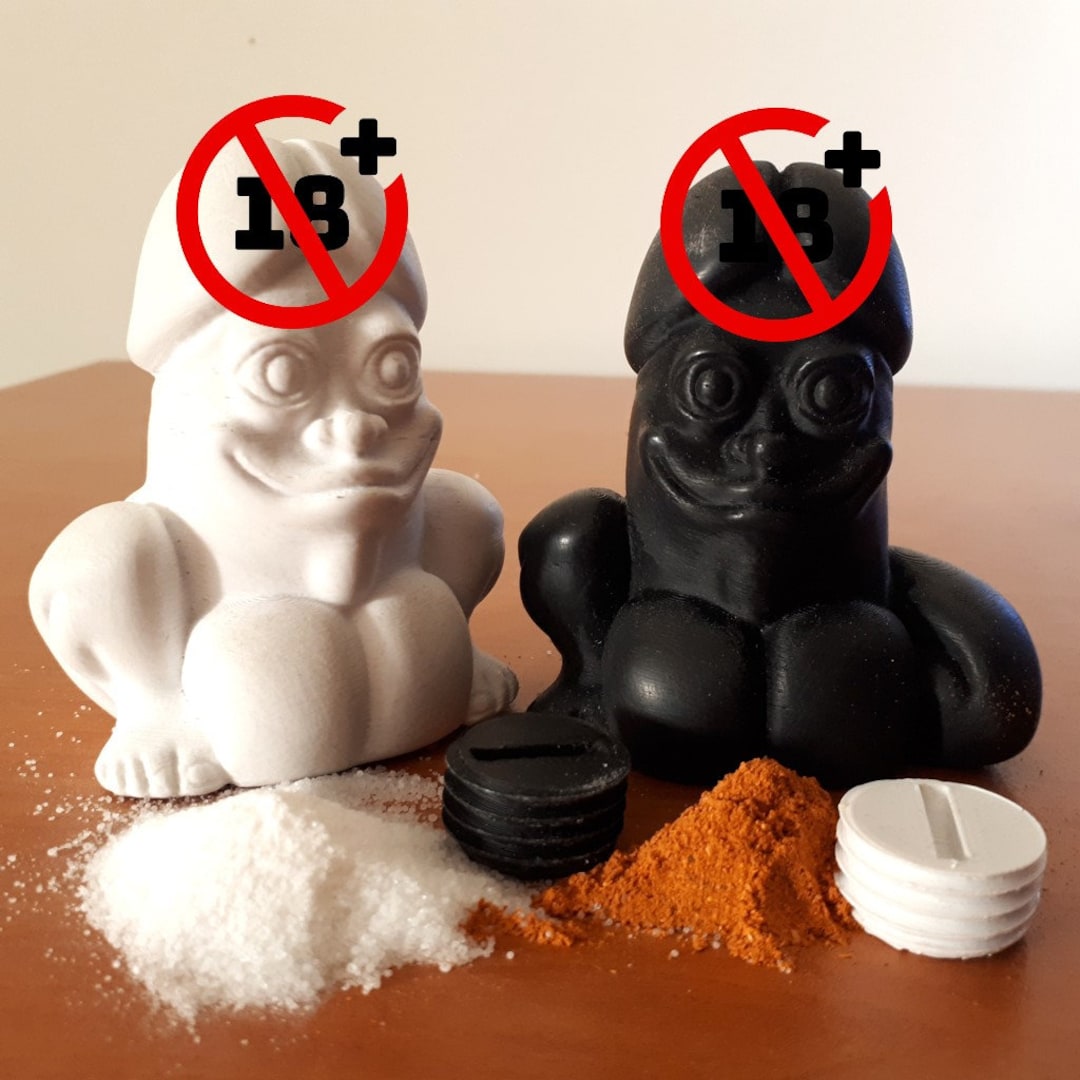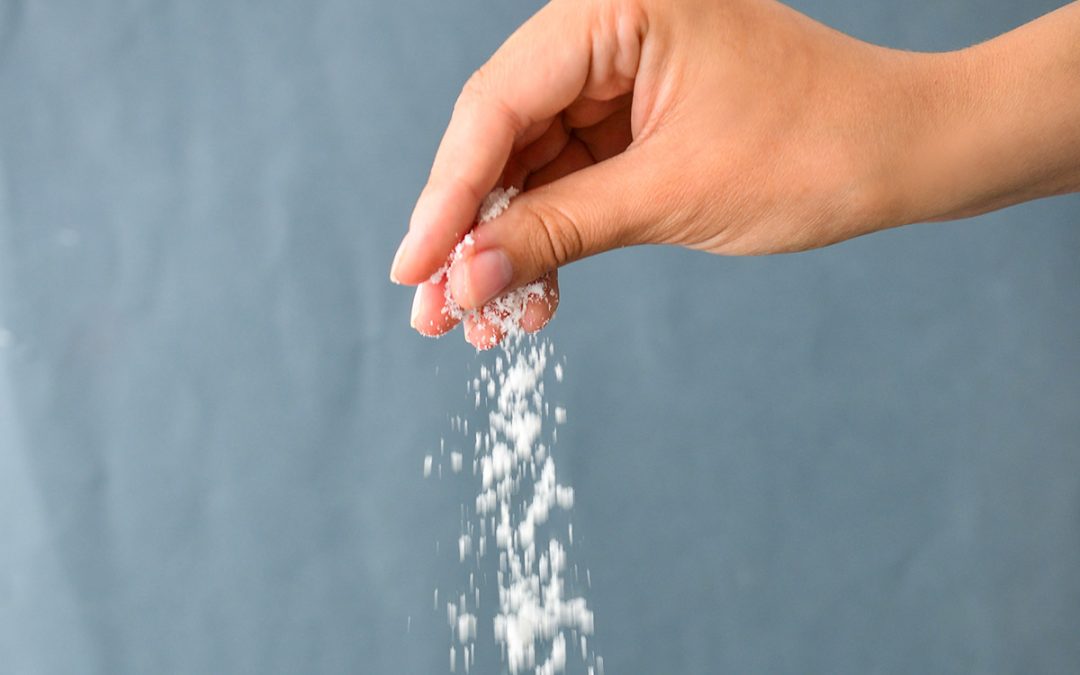Surprising Effects Of Salt On Penis Health: Insights And Considerations
In the quest for maintaining optimal genital hygiene, some individuals have explored unconventional methods, including the use of salt. Salt's natural antiseptic qualities make it a popular choice for those seeking to prevent infections or reduce inflammation. However, it's crucial to approach such practices with caution and understanding, as the skin on the penis is particularly sensitive and may react differently compared to other parts of the body. This article aims to delve into the various facets of using salt on the penis, examining both its potential benefits and the precautions one should take.
As we navigate through this topic, we'll explore the science behind salt's interaction with skin, its historical uses, and contemporary considerations for men's health. Our goal is to offer a comprehensive overview that not only addresses common questions but also highlights the importance of safe and effective practices. Whether you're curious about natural remedies or seeking ways to enhance your hygiene routine, gaining a well-rounded perspective on the use of salt on the penis can empower you to make choices that align with your health goals.
Table of Contents
- The Historical Context of Salt in Medicine
- What is Salt's Chemical Composition?
- How Does Salt Interact with Skin?
- Potential Benefits of Salt on Penis
- Risks and Precautions of Using Salt
- Methods for Applying Salt Safely
- Scientific Studies and Findings
- Are There Alternative Solutions?
- Personal Experiences and Testimonials
- Expert Opinions on Salt Use
- Frequently Asked Questions
- Conclusion and Final Thoughts
The Historical Context of Salt in Medicine
Throughout history, salt has been revered not just as a culinary staple but also as a medicinal agent. Ancient civilizations from Egypt to China utilized salt for its antimicrobial properties, leveraging it in wound care and preservation techniques. In the realm of traditional medicine, salt has been employed in diverse ways, from saline solutions for cleaning wounds to gargles for throat infections. Understanding these historical applications can provide insights into why salt continues to be considered in modern health practices, including unconventional uses such as applying salt to the penis.
Read also:Thunder Valley A Majestic Retreat In Natures Lap
What is Salt's Chemical Composition?
Salt, primarily composed of sodium chloride (NaCl), is a crystalline mineral essential for various biological processes. Sodium and chloride ions play critical roles in maintaining cellular function, fluid balance, and nerve transmission. When dissolved in water, salt disassociates into its constituent ions, which can interact with biological tissues. This interaction forms the basis for its use in medical and hygiene applications, making it relevant in discussions about its potential effects on the skin, including sensitive areas like the penis.
How Does Salt Interact with Skin?
The skin, as the body's largest organ, serves as a protective barrier against environmental factors, pathogens, and physical damage. Salt's interaction with skin primarily involves its osmotic and drying effects. When applied topically, salt can draw moisture from the skin, potentially aiding in the reduction of microbial growth by creating an inhospitable environment for bacteria. However, this drying effect can also lead to skin irritation or damage, especially in sensitive areas. Understanding this dual nature is crucial when considering the use of salt on the penis, where maintaining skin integrity is vital.
Potential Benefits of Salt on Penis
- Antimicrobial properties that may reduce the risk of infection.
- Potential to alleviate minor irritations or inflammation.
- Natural deodorizing effect that may enhance hygiene.
Risks and Precautions of Using Salt
While salt may offer certain benefits, it's essential to consider the associated risks, particularly for sensitive skin. The drying and abrasive nature of salt can lead to irritation, discomfort, or exacerbation of existing skin conditions. Before incorporating salt into a hygiene routine, individuals should conduct thorough research, consult healthcare professionals, and possibly perform patch tests to assess skin tolerance. Additionally, recognizing the signs of adverse reactions, such as redness, swelling, or pain, is crucial to preventing further complications.
Methods for Applying Salt Safely
For those who choose to explore the application of salt on the penis, employing safe and effective methods is paramount. Considerations include the type of salt (e.g., sea salt, Epsom salt), concentration, and frequency of use. Recommended practices might involve diluting salt in warm water to create a gentle saline solution or using salt-based products specifically designed for sensitive skin. Emphasizing moderation and mindfulness can help mitigate potential risks while exploring the reputed benefits of salt.
Scientific Studies and Findings
Scientific literature on the specific use of salt on the penis is limited, highlighting the need for further research. However, studies on salt's antimicrobial properties and skin interactions provide a foundation for understanding its potential effects. Research in dermatology and microbiology continues to explore how salt can be used safely and effectively in personal care, offering insights that may eventually extend to specialized applications like penile health.
Are There Alternative Solutions?
For those hesitant to use salt, alternative solutions for maintaining penile hygiene and health are available. Options include hypoallergenic cleansers, moisturizing creams, and natural oils known for their soothing properties. Consulting with healthcare providers can help individuals identify products and practices that align with their needs and preferences, ensuring a balanced approach to personal care without the potential drawbacks of salt.
Read also:Arizona Corporation Commission Key Insights And Functions
Personal Experiences and Testimonials
Personal anecdotes and testimonials offer valuable perspectives on the use of salt for penile care. While some individuals report positive outcomes, such as improved hygiene and reduced irritation, others caution against its use due to adverse reactions. These varied experiences underscore the importance of personalized approaches and informed decision-making when considering unconventional methods for health and wellness.
Expert Opinions on Salt Use
Medical professionals and experts in dermatology and urology provide critical insights into the use of salt on the penis. Generally, experts advise caution, emphasizing the importance of understanding individual skin sensitivities and the potential for unintended consequences. Their guidance can help individuals navigate the complexities of integrating salt into personal care routines, reinforcing the need for evidence-based practices and professional consultation.
Frequently Asked Questions
- Can salt cure infections on the penis? While salt has antimicrobial properties, it is not a substitute for medical treatment. For infections, consulting a healthcare professional is essential.
- Is it safe to use salt on sensitive skin? Salt can be abrasive and drying, which may not be suitable for sensitive skin. Performing a patch test and seeking medical advice is recommended.
- What type of salt is best for hygiene purposes? Sea salt or Epsom salt may be gentler options, but they should still be used with caution and in diluted forms.
- Are there natural alternatives to salt for penile care? Yes, options include hypoallergenic cleansers, natural oils, and moisturizing creams that are designed for sensitive skin.
- How often can salt be applied safely? Frequency of use should be limited, and it's best to follow professional guidance tailored to individual needs.
- What are the signs of an adverse reaction to salt? Signs include redness, swelling, pain, or irritation, indicating the need to discontinue use and seek medical advice.
Conclusion and Final Thoughts
The topic of "salt on penis" invites curiosity and consideration, offering a glimpse into the diverse methods individuals explore for personal care. While salt's historical and scientific background highlights its potential benefits, it also underscores the need for caution and informed decision-making. By weighing the pros and cons, understanding individual sensitivities, and consulting with healthcare professionals, individuals can make choices that prioritize health and well-being. As research continues to evolve, staying informed and adaptable will remain key components of effective personal care practices.
For further information and resources on genital health, readers are encouraged to visit Mayo Clinic, a reputable source for medical advice and information.
Article Recommendations

